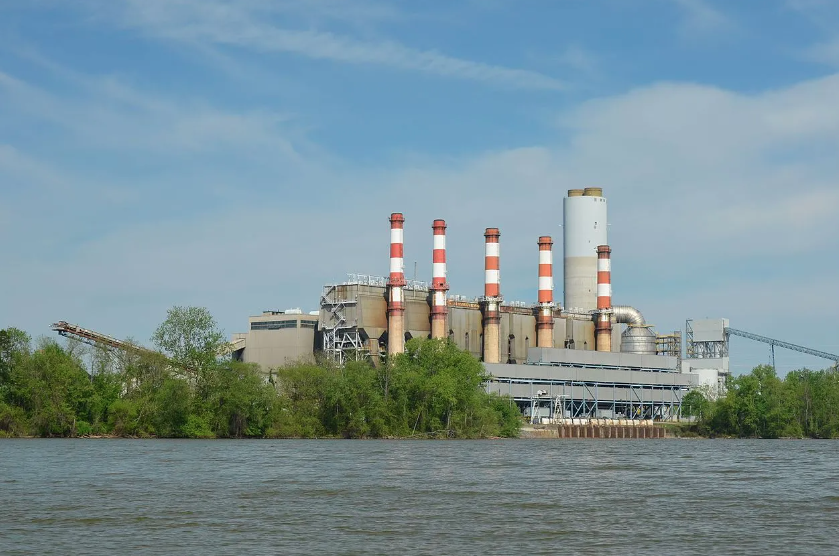
The Allen coal plant just west of Charlotte, North Carolina. Credit: Murr Rhame / Creative Commons
By Elizabeth Ouzts, Energy News Network
Duke Energy spends twice as much money fueling and upkeeping its six North Carolina coal plants — costs passed on to ratepayers — than if it replaced them with brand new solar farms, a report issued today shows.
The analysis by the clean energy policy firm Energy Innovation, the third of its kind, reflects the worsening economics of coal and the ever-tumbling prices of wind and solar. And it shows how incentives in the Inflation Reduction Act — the major federal climate law that passed last year — are making locally sourced renewables even more attractive.
The Allen coal plant just west of Charlotte is the most expensive in the state by far, according to the study, running at over $165 per megawatt-hour. The other facilities average about $44. Building solar arrays near the power plant sites, by contrast, would cost about $20.
The authors of the report, which covers 210 coal plants around the country, stress that they used publicly available data rather than proprietary business information that might produce slightly different cost figures. But the gist is undeniable.
“If you look at the fleet as a whole, you see a pretty stark trend of all of the plants are uneconomic, by a wide margin, compared to renewables,” said Mike O’Boyle, the director of Energy Innovation’s electricity program and a co-author of the report. “In North Carolina, the savings potential is significant.”
In addition to the cost of replacing coal plants, today’s study shows how the Inflation Reduction Act could help address concerns about transmission and reliability.
The money Duke saves by switching to renewables could be reinvested in up to 8.6 gigawatts of 4-hour battery storage in North Carolina, according to the analysis, nearly as big as the state’s entire coal fleet.
Since the climate law provides an extra 10% tax credit for renewables located within 30 miles of a retiring coal plant, it also encourages new capacity to be sited near existing transmission lines. And it could help spur reinvestment in communities like Person County, which is home to two Duke coal plants and worried about the economic impact of their shuttering.
“Now you’ve got a situation where location-specific renewables are cheaper than system-wide,” O’Boyle said. “That means a just transition for those communities is now aligned with the traditional regulatory oversight. It’s not an extra public policy consideration.”
The Energy Innovation report comes as Duke Energy and advocates in North Carolina debate when the utility should shut down its coal plants as it moves to net-zero carbon by midcentury.
In its recently-issued Carbon Plan, the utilities commission sided with Duke, adopting its proposal to close most of its coal plants around the turn of the decade, with the Belews Creek plant near Winston-Salem shuttering in 2036. The Allen plant will retire by the end of this year.
But the plan must be updated every two years, and advocates say today’s report just reinforces the need for those dates to be accelerated, both to save money and cut pollution.
“You don’t just accept this,” said David Rogers, Southeast deputy regional director with Sierra Club’s Beyond Coal campaign. “Maybe these dates are reasonable for planning purposes because there is some execution risk. But the commission should be pushing Duke to move as quickly as possible to beat those dates, because I think everyone would agree that will lead to customer savings.”